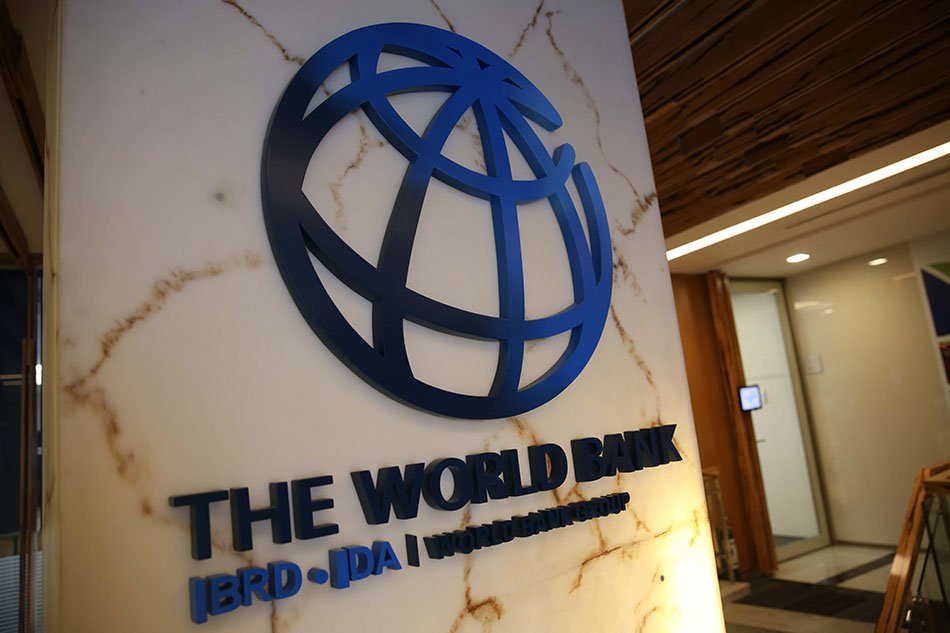B

Nepal Foreign Affairs (KATHMANDU, 7 June 2019) – The World Bank has projected that the economic growth rate of Nepal in 2019 will be 7.1 per cent.
This projection is higher than the 6.81 per cent growth estimates of the government and 6.2 per cent of another multilateral donor, Asian Development Bank (ADB).
Last month, the Central Bureau of Statistics (CBS), the statistical body under the National Planning Commission, had projected that the growth rate of the Gross Domestic Product (GDP) for the current Fiscal Year 2018/19 would stand at 6.81 per cent at basic price.
The country had achieved 7.74 per cent growth in FY 2016/17, highest in the last two decades, supported by the rapid post-quake reconstruction. Last year, it witnessed the growth of 6.3 per cent.
Unveiling its highest ever estimates for the economic growth of Nepal, the WB said that the country would achieve 7.1 per cent growth, driven by the service and agriculture sectors.
“The service sector is likely to grow by 7.5 per cent due to boost in retail, hotel and restaurant subsectors, driven by an increase in tourist arrivals and remittance-fueled private consumption,” read Nepal Development Update 2019 of the WB.
Similarly, agriculture sector is estimated to grow by 5 per cent, well above its 30-year average. The government has also projected the same growth rate for the agriculture sector for the current fiscal year while the sector had witnessed the growth of 2.5 per cent last year.
According to the WB, the average growth rate of agriculture in the last three decades was 3.1 per cent. Good monsoons, increased commercialisation, availability of fertilisers and seeds and improved irrigation facilities will have positive impact on agriculture.
Likewise, the industrial growth will stand at 8.1 per cent, much above the 30-year average of 5 per cent, supported by improved power availability. The WB has suggested Nepal to invest in its people to propel the country toward its goal of becoming middle-income country status by 2030 by increasing the productivity, and competitiveness of labour.
Senior Economist at the WB Nepal Dr. Kene Ezemenari said, “Investing in people so that all citizens of Nepal are able to achieve full education and health to perform at their full potential will be critical, to sustain the recent high levels of growth and increase competitiveness.”
According to her, this will require reducing inequities in access to services, improving the quality of services and minimizing household vulnerabilities to shocks.
Speaking at the occasion, Finance Minister Dr. Yuba Raj Khatiwada said that the major challenge for Nepal was to sustain the high growth trajectory with macroeconomic stability, inflation control and employment generation.
“Investment in infrastructure development in the last couple of years will contribute to higher growth rate in the years to come. However, expanding the development outcome to the poorest sections in the society is the primary concern of the government,” he said.
Dr. Khatiwada said that the federal and local governments were not competitors and they need to work in collaboration and coordination.
Stating the shrinking sources of revenue had created another challenge to the government service delivery, he stated that the custom-based revenue should be changed to domestic revenue structure.
He also said that considering the financial liabilities of the federal government, budget allocation to the provinces is not less.
WB’s Nepal Country Manager Faris Hadad-Zervos suggested enhancing the skills and productivity of workers and increasing exports to sustain the high levels of growth.
“The government has adopted a number of reforms to attract investments. And, it is equally important to ensure that the skills needed by the private sector are developed, to increase the productivity and growth,” he said.

